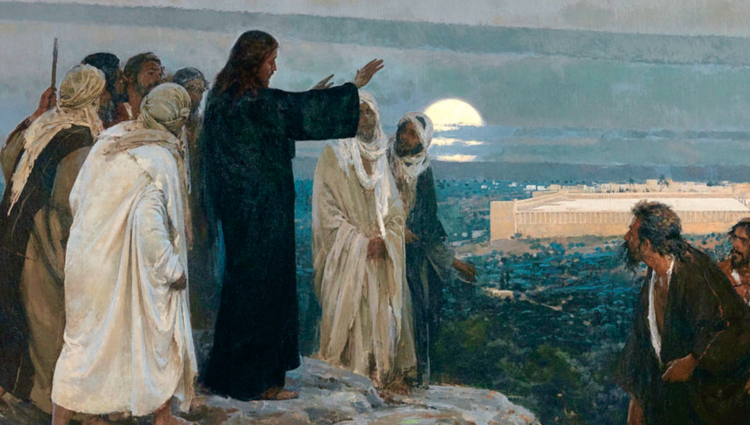 This strange Holy Week has begun in tears: tears of frustration, tears of lament, and for so many who have been cruelly bereaves, tears of grief. It’s hard to see through tears, but sometimes its the only way to see. Tears may be the turning point, the springs of renewal, and to know you have been wept for is to know that you are loved. ‘Jesus Wept’ is the shortest, sharpest, and most moving sentence in Scripture.
This strange Holy Week has begun in tears: tears of frustration, tears of lament, and for so many who have been cruelly bereaves, tears of grief. It’s hard to see through tears, but sometimes its the only way to see. Tears may be the turning point, the springs of renewal, and to know you have been wept for is to know that you are loved. ‘Jesus Wept’ is the shortest, sharpest, and most moving sentence in Scripture.
I have a God who weeps for me, weeps with me, understands to the depths and from the inside the rerum lachrymae, the tears of things.
This sonnet, and the others I will be posting for Holy Week are all drawn from my collection Sounding the Seasons.
You can hear me read the poem by clicking on the title:
Jesus comes near and he beholds the city
And looks on us with tears in his eyes,
And wells of mercy, streams of love and pity
Flow from the fountain whence all things arise.
He loved us into life and longs to gather
And meet with his beloved face to face
How often has he called, a careful mother,
And wept for our refusals of his grace,
Wept for a world that, weary with its weeping,
Benumbed and stumbling, turns the other way,
Fatigued compassion is already sleeping
Whilst her worst nightmares stalk the light of day.
But we might waken yet, and face those fears,
If we could see ourselves through Jesus’ tears.
Republished with gracious permission from Malcolm Guite’s website.
This essay was first published here in April 2022.
The Imaginative Conservative applies the principle of appreciation to the discussion of culture and politics—we approach dialogue with magnanimity rather than with mere civility. Will you help us remain a refreshing oasis in the increasingly contentious arena of modern discourse? Please consider donating now.
The featured image is “Flevit super illam (“He wept over it”), painted in 1892 by Enrique Simonet, and is in the public domain, courtesy of Wikimedia Commons. It has been brightened for clarity.


